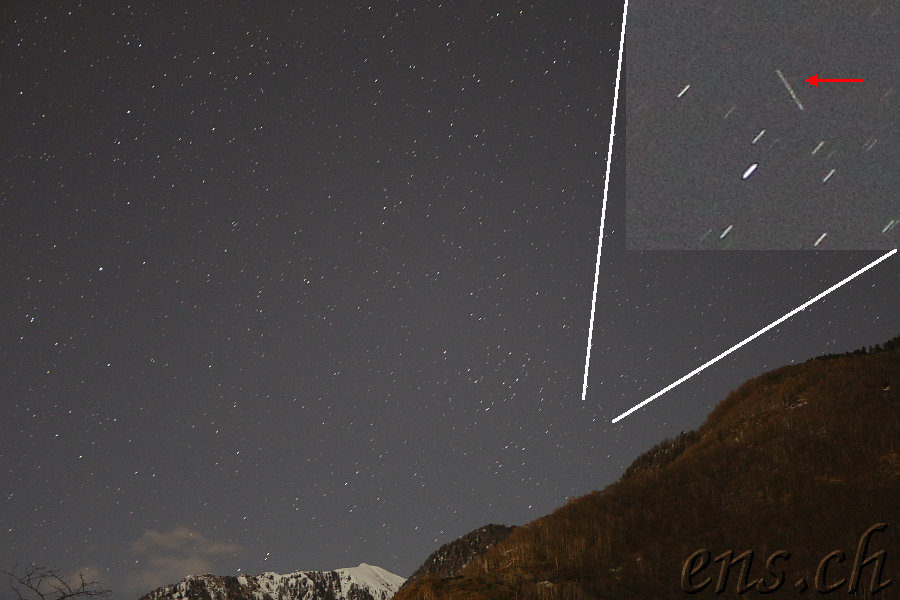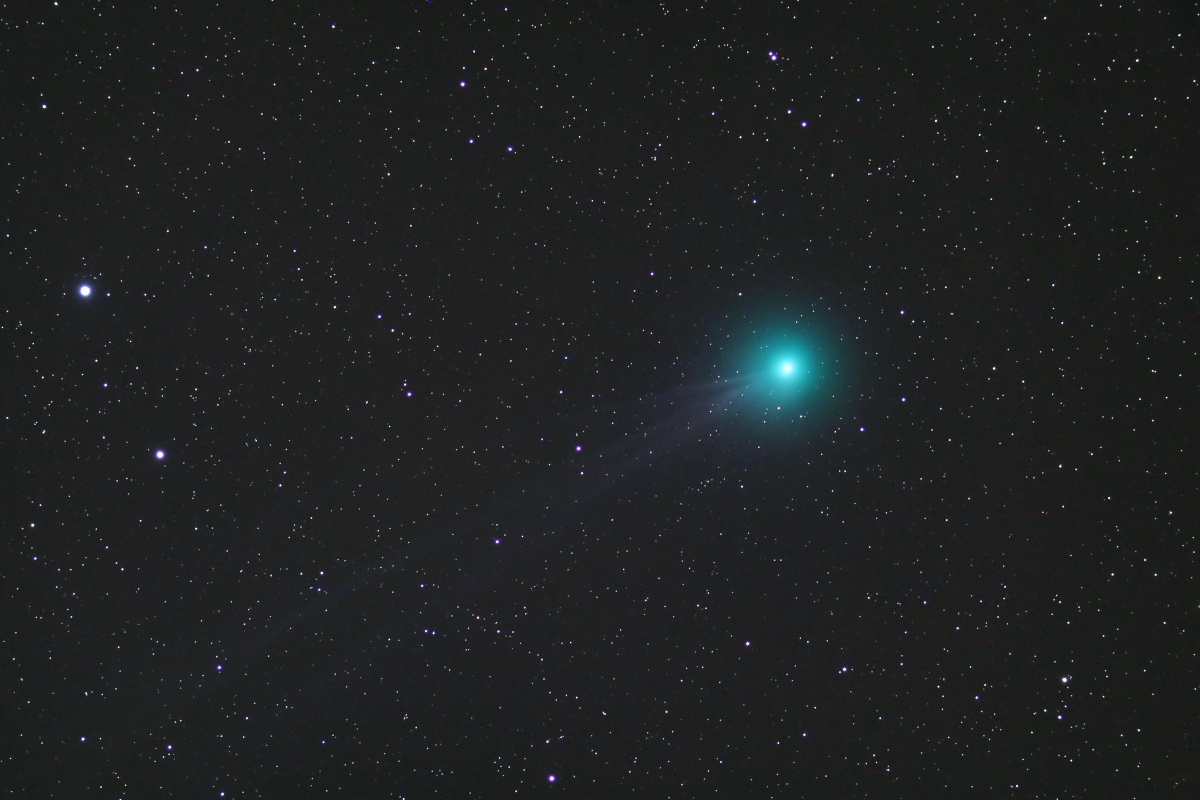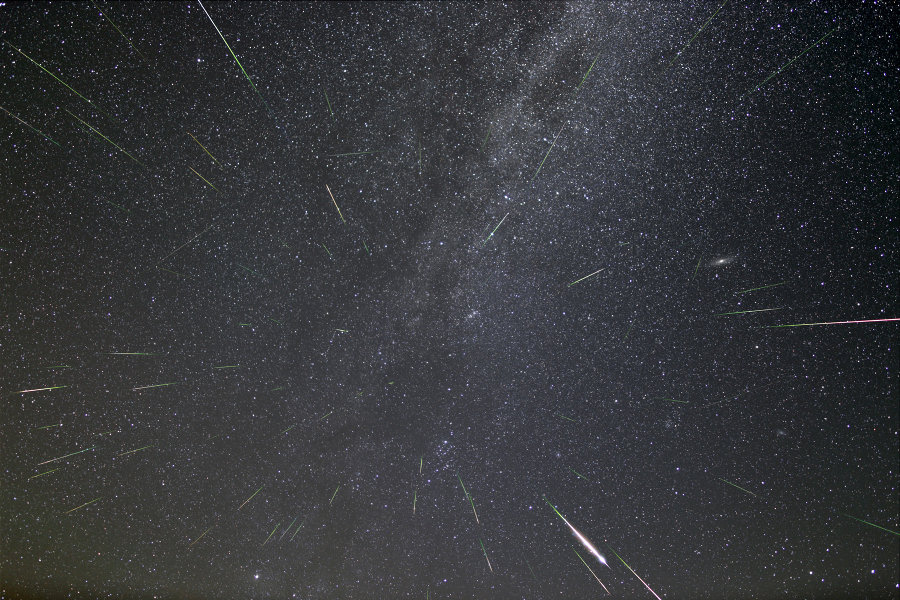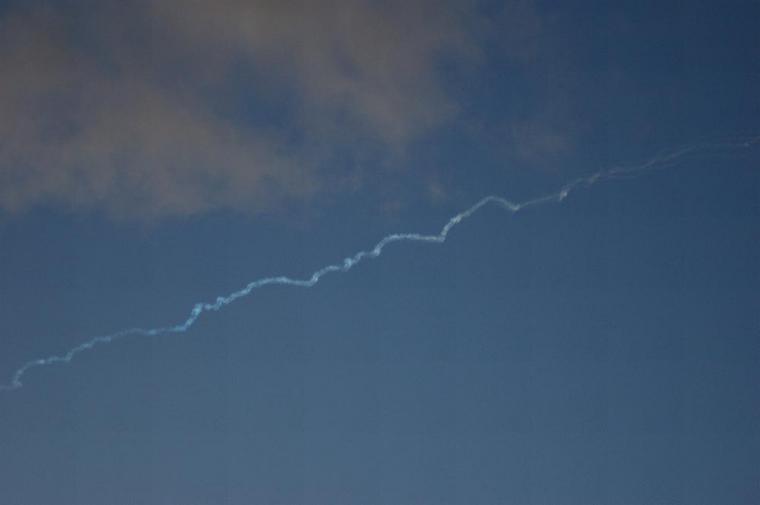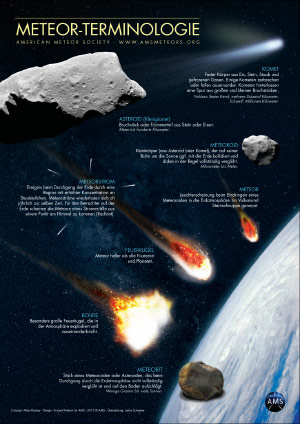Asteroid
An asteroid is a solid object in space that is discovered by astronomers. Solid objects in interplanetary space, which orbit the sun similarly to planets, can be composed of various metals (primarily iron and nickel), rocks (undifferentiated chondrites or differentiated chondrite melts), or ice masses. Here, ice describes not only water in the solid state but also all liquids and gases that can exist as solid masses in space. Asteroids, however, are primarily those objects that predominantly conceal metals and rocks inside. They are mainly located in the asteroid belt between Mars and Jupiter or primarily orbit in the inner solar system. Asteroids do not lose mass through the outgassing of ice masses, even near the sun, which distinctly sets them apart from cometary materials. An asteroid is also referred to as a minor planet or planetoid. These cosmic objects can be monolithic (a large rock) or consist of many fragments (a rubble pile of variously sized chunks).
Bolide
The bolide is the brightest and most striking meteor, far surpassing the appearance of a fireball. There is no exact definition. A threshold for brightness between a fireball and a bolide can be stated as the value –12mag, as a good comparison with the full moon is possible. Its brightness is so great that a witness at night notices the meteor even without direct eye contact, as it illuminates the entire night sky. A bolide can show strong fluctuations in light, cause explosive fragmentations in the meteor, and produce a long afterglow of the path traveled. It can indeed become a detonating meteor, thus announcing a possible meteorite fall.
Detonating Meteor
A detonating meteor refers to those large meteors that, after the spectacular light event, also produce a bang, thunderclaps, or even prolonged rumbling. It is the supersonic movement of the meteoroid or its fragments in the higher layers of the atmosphere that causes such meteor sounds. Strong detonations can be heard over a very large area. You have to wait for several minutes to become an earwitness after the meteor event. A detonating meteor can potentially also signal a meteorite fall.
Earthgrazer
When the trajectory of the meteoroid, almost like a tangent to a circle, grazes the Earth's atmosphere at an extremely shallow angle, it creates an extremely elongated meteor that travels almost from one horizon to the opposite. This meteor event is called an Earthgrazer or Earth-skimmer. This special meteor passes through only very high atmospheric layers and glows rather faintly, often in a reddish light if it reaches fireball brightness.
Fireball
Comet
A comet nucleus is a fully solid object in the distant, cold outer planetary system. There, it would be a normal ice body, and astronomers could not distinguish it from other asteroids. However, a comet is usually only discovered by astronomers when its cometary materials are so strongly heated on their orbit around the Sun in the near-sun space. This causes that comet nucleus with coma and tail to travel through space, shining much brighter than before. Solid objects in the outer interplanetary space, which orbit the Sun like asteroids, can consist of various metals and rocks, but they are primarily composed of ice masses. Ice here does not only describe water in its solid state but all liquids and gases that can exist as solid masses in space. Comets are cosmic wanderers that, at least temporarily, form an atmosphere on their orbit around the Sun, the so-called comet coma, because certain ice masses become fluid due to solar radiation. Since the outflowing gases can also carry tiny solid particles from the comet's surface, the coma filled with gas and dust is clearly visible and spatially much larger than the solid comet nucleus. However, this rather small nucleus does not have the strength to permanently hold an atmosphere. The solar wind drives away gas and dust, creating the comet tail. The gas is always blown away perpendicularly from the Sun and ionized. This part of the comet's tail (ion tail) thus shines itself and always points linearly away from the Sun. The dissolved dust is also accelerated and sorted out by the solar wind over time, forming another rather curved tail, which fans out between the ion tail and comet's path. Thus, every comet leaves a trail of dust particles in the traversed space. Each of these particles is also referred to as a meteoroid in meteorology, as they will produce a meteor when they plunge through an atmosphere. The comet thus continuously loses mass in the form of gas and dust on its orbit around the Sun. A comet dies when its ice masses are completely used up, at least on the near surface. The remainder continues to exist as a normal asteroid or a burned-out comet nucleus.
Meteor
A meteor is the brief luminous phenomenon that appears in the sky when a meteoroid enters the Earth's atmosphere. Commonly, a normal meteor is referred to as a shooting star. It flashes briefly and seemingly colorlessly for one or two seconds in the night sky, shining as brightly as a star. It can be observed as a faint line or a rapidly moving point. A very bright meteor can be referred to as a fireball or bolide. Sometimes, one can also observe the afterglow of the meteor's trajectory. The responsible meteoroid passes through very high atmospheric layers during its flight through the Earth's atmosphere. The start of this luminous event can indeed be at an altitude of 200 km. Normally, meteors glow at altitudes between 130 km and 70 km above the Earth's surface. The terminal height of a large detonating meteor falls well below the stratopause. In a normal meteorite fall, the meteor phenomenon can be observable down to an end height of 10 km, often resulting in a meteor cloud.
Meteor Sounds
There is very rarely anything to hear. Normally, a meteor event is a silent affair. However, with large meteors, a mysterious synchronous sound is indeed reported, which produces audible sound frequencies even during the light phenomenon. How this can happen exactly is still under discussion. This phenomenon is also called an acoustic meteor. In contrast, the sounds of the detonating meteor reach the observation site much later after the bright meteor event, as those pressure waves generated by the meteoroid only proceed at the speed of sound, thus covering the distance much more slowly than at the speed of light. One primarily hears the sonic boom of the meteoroid or its individual fragments. The rumble during the turbulent closing of the entry channel is also audible. It might even be that, in extremely rare cases, one can ultimately perceive the aerodynamic falling of individual meteorites in one's vicinity, which then strike somewhere.
Meteoroids
A meteoroid is a larger dust particle or also a more or less large body from interplanetary space, which can create a meteor event when entering the atmosphere. These bodies are all in a solid state when they travel through interplanetary space. On one hand, there are cometary meteoroids, which contain rather frozen gases. On the other hand, there are also stony or even metallic objects that originate from asteroids and other planetary objects from our solar system.
Meteorite
A meteorite is essentially an object from space that can only be discovered on the Earth's surface. It is exactly the part of the meteoroid that survived the plunge through the atmosphere and ultimately reached the Earth's surface as a solid object. It must not be confused with the meteor, the light event. Meteorites are almost unchanged samples of a parent body from our planetary system, which were more or less altered during the formation of the solar system. Basically, there are stone, stony-iron, or iron meteorites. They are often very compact and noticeably heavy. A complete meteorite always has a very thin melt crust shortly after the fall, which often appears blackish and conceals the still present alien material inside. Meteorites are usually very susceptible to oxidation and weathering. Especially because iron is often present, a magnet reacts to the material.
Meteorite Fall
Every meteorite that is found has naturally fallen to Earth through a more or less well-documented meteorite fall. If the such rare event was observed, then the spectacular detonating meteor could also be documented. It is then essential that at least one meteorite from the celestial event has been found and also examined so that the recognition and classification of the material as an - observed meteorite fall - can take place by the Meteoritical Society. All other meteorites, which have fallen and been found somewhere unobserved and sporadically, are only listed as - meteorite finds.
Meteor Shower
When a meteoroid creates the fireball event while plunging through the Earth's atmosphere, it is often possible to see the intruder breaking apart. If such a meteor produces a meteorite fall, all meteorites rain down in a certain fall area. A meteorite shower is essentially a single meteorite fall, during which a very large number of meteorite pieces were found.
Meteor Storm
A meteor storm refers to a very strong activity of a meteor shower, when the rates need to be estimated at thousands of meteors per hour. In popular language, it is also called a shooting star shower.
Meteor Shower
A meteor shower is a kind of "cloud" or "tube" of meteoroid particles on approximately parallel or similar orbits around the sun. When the Earth passes through such an area, meteors appear more frequently, radiating from a radiant point. A meteor shower is named after the constellation in which the radiant is located. Such a shower is formed when a comet, during its journey around the sun, especially near the sun in the inner solar system, loses many small particles of frozen gases and dusts. For this reason, a meteor shower typically has a variable shower density.
Meteor Cloud
A meteor cloud is only created by a very deeply penetrating meteoroid with high ablation and does not glow by itself. Therefore, such a dust and haze cloud can be best observed during the day or twilight. Such an initially linear cloud envelops the heated entry channel and can change over time due to convection. However, the intruder cuts through many air layers on its flight from top to bottom. As a result, over time, every meteor cloud is distinctly dispersed by high-altitude winds. An increasingly chaotic "zigzag" cloud band forms, which can even overlap itself for perspective reasons.
Afterglow
The afterglow of a meteor can last a few seconds, but also many minutes, and is mainly observed at night. The meteoroid went through a phase of maximum ablation, especially in the ionosphere. The glow is the emission of light during the recombination of electrons in the active atomic shells, which is visually seen as rather colorless but can be documented photographically as quite colorful. Here too, as with the meteor cloud, the afterglow of the meteor's trajectory is initially linear. But the high-altitude winds quickly blow the glow into a chaotically distorted "zigzag" cloud band.
Tail on the Meteor
The meteor trail is the light phenomenon that appears simultaneously with the glow of a fireball but seamlessly follows it. Often observed is an orange fire trail, which can flicker like a flame in the wind. It is the extremely heated plasma that remains and is composed of the shattered air and ablations from the surface of the meteoroid. It tapers conically backward from the fireball until it fades away linearly and could ultimately leave a meteor cloud behind.
Sporadic Meteor
A sporadic meteor no longer belongs to a meteor shower. Over time, its orbit around the sun was altered by disturbances, thus isolating it from the parent stream. Fireball events often belong to the rare sporadic meteors because their large meteoroids are not distributed en masse by comets but are created at a specific event both spatially and temporally.
